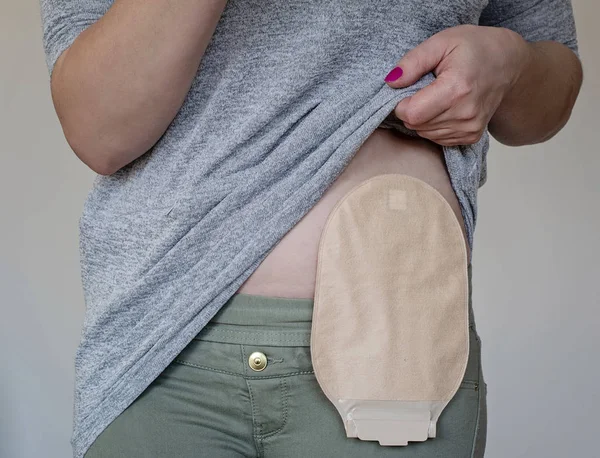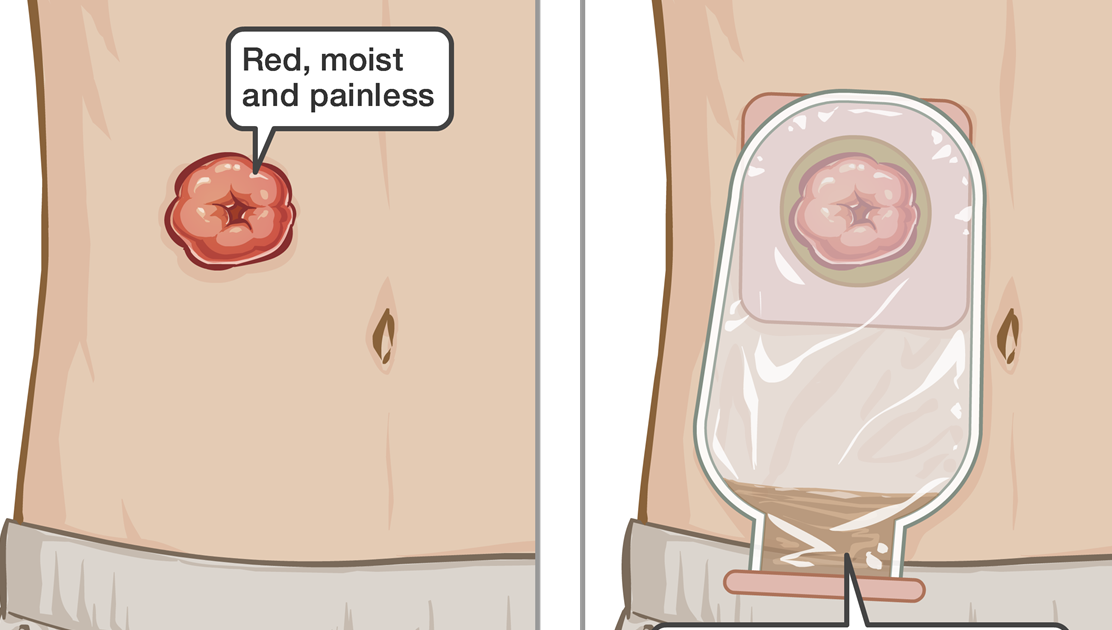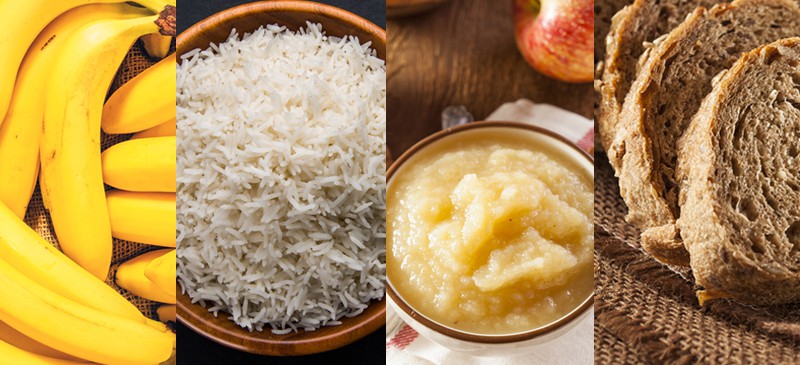Stoma care is crucial for maintaining skin health and preventing complications. This article explores common issues faced by individuals with stomas, such as skin irritation, infection, and leakage. It provides practical tips for effective stoma care, including proper cleaning techniques, the use of protective barriers, and the selection of appropriate ostomy products. By understanding and addressing these challenges, individuals can enhance their quality of life and minimize the risk of skin-related problems associated with stomas.
Introduction to Stoma Care and Skin Health

Understanding Stomas
A stoma is a surgically created opening on the abdomen that allows waste to exit the body. This procedure is often necessary for individuals with certain medical conditions affecting the digestive or urinary systems. The stoma can be temporary or permanent, depending on the underlying condition and the type of surgery performed.
Types of Stomas
There are three primary types of stomas:
Colostomy
A colostomy involves diverting a portion of the colon through the abdominal wall. This type of stoma is typically required for conditions affecting the colon, such as colorectal cancer, diverticulitis, or traumatic injury.
Ileostomy
An ileostomy involves bringing the end of the small intestine (the ileum) through the abdominal wall. This type of stoma is often necessary for individuals with conditions like Crohn’s disease, ulcerative colitis, or familial adenomatous polyposis.
Urostomy
A urostomy is created to divert urine away from a diseased or damaged bladder. This type of stoma is often required for individuals with bladder cancer, spinal cord injuries, or congenital abnormalities.
Importance of Stoma Care
Proper stoma care is crucial for maintaining overall health and quality of life. Effective stoma care involves:
- Ensuring the stoma and surrounding skin are clean and dry
- Using appropriate stoma appliances and accessories
- Monitoring for signs of complications, such as infection or skin irritation
Skin Health and Stoma Care
The skin around the stoma, known as the peristomal skin, is particularly vulnerable to irritation and damage. Maintaining healthy peristomal skin is essential for preventing complications and ensuring the effectiveness of stoma appliances.
Common Skin Issues
Several common skin issues can arise in individuals with stomas, including:
- Irritant Dermatitis: Caused by exposure to stoma output or adhesive products
- Allergic Contact Dermatitis: Resulting from an allergic reaction to stoma care products
- Mechanical Injury: Due to improper appliance fitting or removal
- Infections: Bacterial or fungal infections can develop in the peristomal area
Preventive Measures
Preventing skin issues involves:
- Regularly cleaning the peristomal skin with mild soap and water
- Ensuring the stoma appliance fits properly to prevent leaks
- Using skin barrier products to protect the skin from stoma output
- Monitoring the skin for early signs of irritation or damage

Treatment Strategies
When skin issues do occur, prompt treatment is essential. Treatment strategies may include:
- Adjusting the stoma appliance to ensure a better fit
- Using medicated creams or ointments to treat infections or inflammation
- Consulting with a healthcare professional for persistent or severe skin issues
Role of Healthcare Professionals
Healthcare professionals, including stoma care nurses and dermatologists, play a vital role in stoma care and skin health. They provide:
- Education on proper stoma care techniques
- Recommendations for suitable stoma care products
- Guidance on managing and treating skin issues
Regular follow-up with healthcare professionals ensures that any complications are promptly addressed and that individuals with stomas receive the support they need to maintain optimal skin health.
Common Skin Issues Associated with Stomas
Peristomal Skin Irritation
Peristomal skin irritation is one of the most common issues faced by individuals with stomas. This condition occurs when the skin around the stoma becomes red, sore, and inflamed. The primary causes include leakage of stoma output onto the skin, improper fitting of the stoma appliance, and frequent removal of the adhesive. Symptoms can range from mild redness to severe ulceration and pain.
Allergic Reactions
Allergic reactions can occur due to the materials used in stoma appliances, such as adhesives, tapes, or barrier rings. These reactions can manifest as redness, itching, and blistering around the stoma site. Identifying the allergen and switching to hypoallergenic products can help manage this issue.
Fungal Infections
Fungal infections, particularly candidiasis, are common in the warm, moist environment around the stoma. These infections present as red, itchy rashes with satellite lesions. They can be exacerbated by prolonged moisture, antibiotic use, or compromised immune systems. Antifungal powders and maintaining a dry peristomal area are effective treatments.
Folliculitis
Folliculitis is the inflammation of hair follicles around the stoma, often caused by shaving or friction from the stoma appliance. It appears as small, red, pus-filled bumps and can be painful. Proper shaving techniques, using electric razors, and ensuring a snug fit of the appliance can help prevent this condition.
Mechanical Injury
Mechanical injury to the peristomal skin can result from improper handling of stoma appliances, frequent changes, or aggressive cleaning. This can lead to skin tears, abrasions, and ulcerations. Gentle handling, using appropriate adhesive removers, and ensuring a proper fit of the appliance can minimize the risk of mechanical injury.
Contact Dermatitis
Contact dermatitis is an inflammatory reaction caused by direct contact with irritants or allergens in stoma care products. It presents as red, itchy, and sometimes blistered skin. Identifying and eliminating the offending product, along with the use of barrier creams, can help manage contact dermatitis.
Hyperplasia
Hyperplasia, or the thickening of the skin around the stoma, can occur due to chronic irritation or pressure from the stoma appliance. This condition can make it difficult to achieve a good seal with the appliance, leading to further complications. Treatment involves addressing the underlying cause and possibly using topical steroids to reduce inflammation.
Pressure Ulcers
Pressure ulcers can develop if the stoma appliance exerts excessive pressure on the skin, particularly in individuals with limited mobility. These ulcers appear as painful, open sores and can become infected if not properly managed. Ensuring a well-fitted appliance and using pressure-relieving products can help prevent pressure ulcers.
Granulomas
Granulomas are small, red, raised areas of tissue that can form around the stoma due to chronic irritation or infection. They can bleed easily and cause discomfort. Treatment may involve the application of silver nitrate to reduce the size of the granulomas and addressing any underlying causes of irritation.
Skin Stripping
Skin stripping occurs when the adhesive from the stoma appliance is removed too aggressively, taking the top layer of skin with it. This can lead to raw, painful areas that are prone to infection. Using adhesive removers and gentle techniques when changing the appliance can help prevent skin stripping.
Preventive Measures for Maintaining Skin Health
Proper Stoma Appliance Fit
Ensuring that the stoma appliance fits correctly is crucial for preventing skin irritation and damage. A well-fitted appliance minimizes the risk of leaks, which can cause skin breakdown. Regularly measure the stoma size, as it can change over time, and adjust the appliance accordingly. Use a template or measuring guide to ensure accuracy.
Skin Barrier Products
Skin barrier products, such as barrier creams, wipes, and sprays, create a protective layer between the skin and the stoma output. These products help to prevent irritation and maintain skin integrity. Apply a thin, even layer of the barrier product around the stoma before attaching the appliance.
Regular Cleaning
Clean the skin around the stoma with mild, pH-balanced soap and water. Avoid using harsh soaps, alcohol-based products, or wipes with fragrances, as these can irritate the skin. Pat the area dry with a soft towel, ensuring it is completely dry before applying the stoma appliance.
Routine Skin Inspection
Regularly inspect the skin around the stoma for signs of irritation, redness, or breakdown. Early detection of skin issues allows for prompt intervention, preventing more severe complications. Use a mirror or ask for assistance if needed to ensure a thorough inspection.
Avoiding Skin Trauma
Be gentle when removing the stoma appliance to avoid skin trauma. Use adhesive remover wipes if necessary to ease the removal process. Pull the appliance slowly and carefully, supporting the skin with one hand while removing the appliance with the other.
Hydration and Nutrition
Maintaining proper hydration and nutrition supports overall skin health. Drink adequate amounts of water and consume a balanced diet rich in vitamins and minerals. Nutrients such as vitamins A, C, and E, zinc, and protein are particularly important for skin repair and maintenance.
Managing Stoma Output
Effectively managing stoma output can prevent skin complications. Empty the stoma bag when it is one-third to half full to avoid leaks and excessive weight on the appliance. Monitor the consistency of the output and adjust your diet or medication as needed to maintain an optimal consistency.
Using Ostomy Accessories
Ostomy accessories, such as stoma rings, seals, and belts, can enhance the fit and security of the stoma appliance. These accessories provide additional protection against leaks and skin irritation. Choose accessories that are compatible with your specific stoma appliance and skin type.
Education and Support
Educate yourself about stoma care and skin health through reliable sources, such as healthcare providers, support groups, and educational materials. Stay informed about new products and techniques that can improve stoma care. Seek support from healthcare professionals and peers to address any concerns or challenges you may encounter.
Regular Follow-Up with Healthcare Providers
Schedule regular follow-up appointments with your healthcare provider to monitor your stoma and skin health. Professional assessments can identify potential issues early and provide guidance on effective preventive measures. Discuss any changes in your stoma or skin condition with your healthcare provider promptly.
Treatment Options for Skin Complications
Identifying the Type of Skin Complication
Irritant Dermatitis
Irritant dermatitis is a common issue caused by prolonged exposure to stoma output or adhesive products. Symptoms include redness, itching, and discomfort.
Allergic Contact Dermatitis
This type of dermatitis occurs due to an allergic reaction to adhesives, tapes, or other stoma care products. Symptoms can include redness, swelling, and blistering.
Fungal Infections
Fungal infections, such as candidiasis, can develop in the warm, moist environment around the stoma. Symptoms include redness, itching, and a white, cottage cheese-like discharge.
Mechanical Injury
Mechanical injury can result from improper application or removal of stoma appliances, leading to skin tears, abrasions, or ulcers.
Topical Treatments
Barrier Creams and Ointments
Barrier creams and ointments can protect the skin from irritants and moisture. Products containing zinc oxide or dimethicone are commonly used.
Antifungal Creams
For fungal infections, antifungal creams containing clotrimazole or miconazole can be effective. These should be applied as directed by a healthcare provider.
Corticosteroid Creams
Mild corticosteroid creams can be used to reduce inflammation and itching in cases of allergic contact dermatitis. These should be used under medical supervision to avoid thinning of the skin.
Adhesive and Appliance Management
Changing Adhesive Products
Switching to hypoallergenic adhesives can help manage allergic contact dermatitis. It’s important to test new products on a small area of skin before full application.
Proper Appliance Fit
Ensuring that the stoma appliance fits correctly can prevent leaks and reduce skin irritation. Custom-fitted appliances may be necessary for some individuals.
Skin Barrier Films
Skin barrier films can be applied before attaching the stoma appliance to create a protective layer between the skin and adhesive.
Hygiene and Maintenance
Regular Cleaning
Cleaning the peristomal skin with a gentle, pH-balanced cleanser can help prevent infections and irritation. Avoid using alcohol-based or fragranced products.
Drying the Skin
Ensuring the skin is completely dry before applying a new stoma appliance can help prevent fungal infections and improve adhesive performance.
Professional Interventions
Consultation with a Stoma Care Nurse
A stoma care nurse can provide personalized advice and recommend specific products or techniques to manage skin complications.
Prescription Medications
In severe cases, prescription medications such as stronger corticosteroids or oral antifungals may be necessary. These should be used under the guidance of a healthcare provider.
Surgical Interventions
In rare cases, surgical intervention may be required to correct issues with the stoma that are contributing to skin complications. This is typically considered a last resort.




